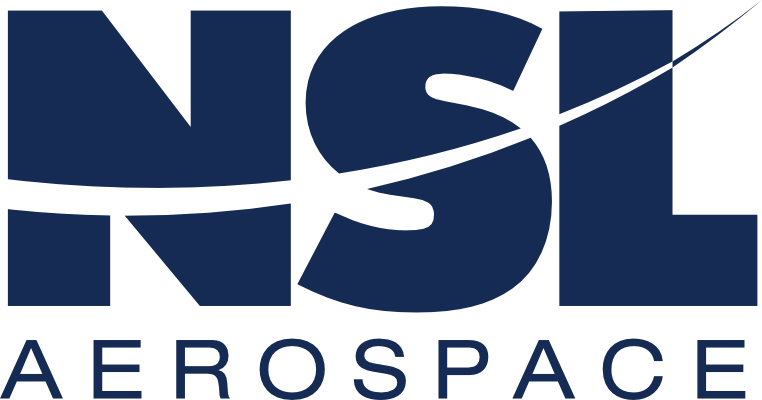
What's in a product name? Not all of our customers are aware that in a specific product name, they can find out these things:
a) The class of sealant and therefore the type of tools they'll need
b) The application time, or the amount of time they have to work with the sealant before it begins to change consistency and become more difficult to tool
c) The manufacturer of the sealant
Understanding Sealant Names
As an example, let's take a look at CS3204B1/2 fuel tank sealant. You can learn a lot just from its name.
- CS indicates the manufacturer, Flamemaster. Some of the common company acronyms are AC (3M), PR (PPG/Proseal), P/S (PPG/Proseal), CS (Flamemaster), WS (Royal Adhesives now HB Fuller), Dapco (D Aircraft, now Solvay), and NSL (NSL Aerospace).
- The number 3204 is a numerical identifier determined by Flamemaster. Every company creates its own number based on its own internal reasons.
- The B stands for Class B, meaning this product has more of a paste-like consistency. When working with more viscous sealants like this, most people will use tools like an extrusion gun, putty knife, or spatula. An extrusion gun is most often used when you need to create a bead or do a fillet seal.
- The 1/2 stands for the application time. That number is read in terms of hours. So 1/2 is the equivalent of 1/2 an hour or 30 minutes. Other common application times are 1/4, 2, and 4. This indicates how much time you have to work with the sealant before it starts to change consistency and becomes more difficult to tool. That's the period of time in which the sealant is hardening and working towards curing and can no longer be manipulated.
We hope this helps. Feel free to reach out for clarification or other questions.
